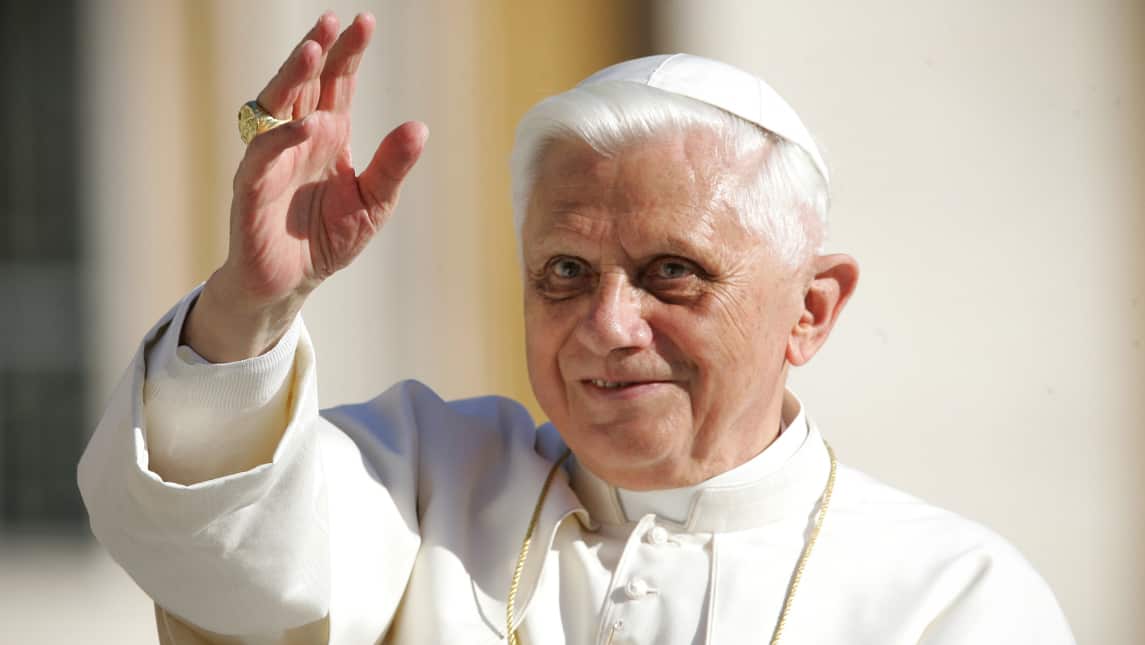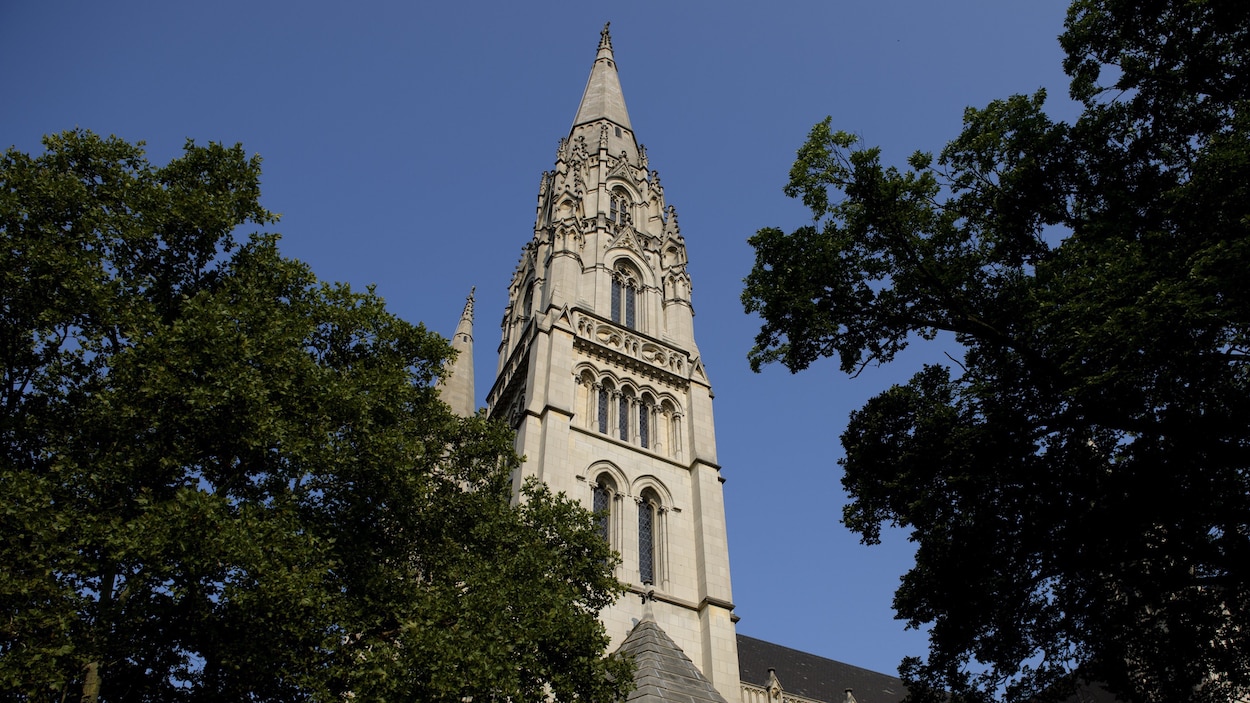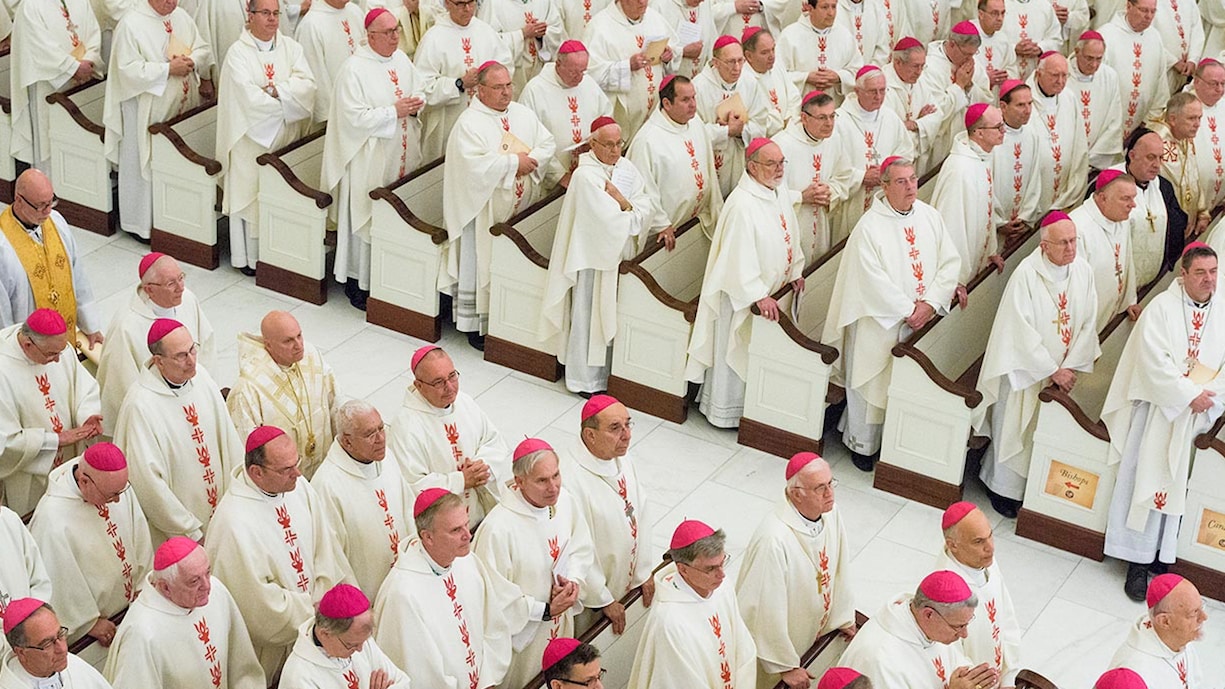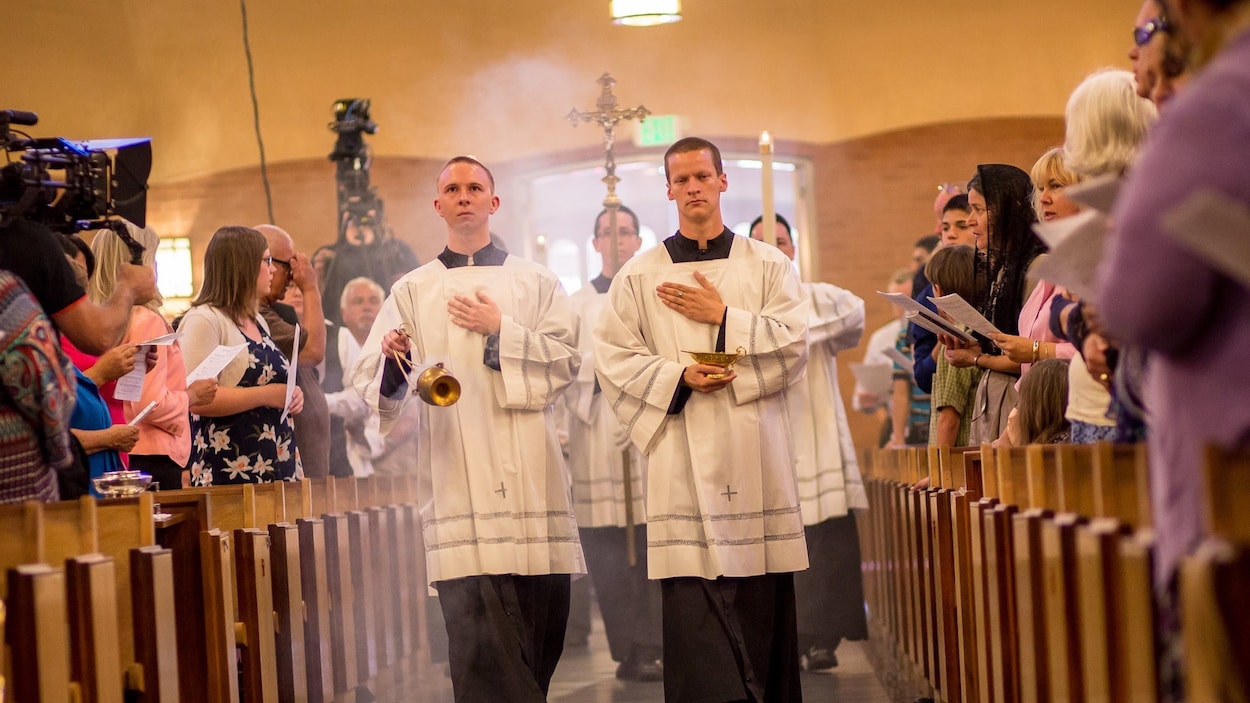Pope Benedict’s recent essay on the Church’s sex-abuse scandal begins by clarifying the cultural context in which the sex-abuse scandal occurred. It addresses this matter with great skill and insight. As the essay proceeds, however, it reveals two theological flaws, both of which cast doubt on the hierarchy’s ability to handle clerical misconduct in the future.
First, the essay’s positive features. It begins by noting that in the 1960s an “egregious” and “unprecedented” event occurred that destroyed traditional sexual standards, leading to “all-out sexual freedom” and the normalization even of pedophilia. It then explains why the impact of this event on priests was so profound.
Benedict does not name the event, except to call it a “revolution.” However, in my writings I have demonstrated that it was driven mainly by the Humanistic Psychology of Carl Rogers and Abraham Maslow, as well as by the (purportedly) scientific work of Alfred Kinsey and its popularization by Hugh Hefner and others.
While the sexual revolution was underway, Benedict notes, Catholic moral theology “collapsed” because of a shift in emphasis from natural law to the Bible, which proved insufficient to ground a “systematic” theology and thus weakened the Church’s defense of its moral tradition at the very time when it was being severely challenged by cultural change.
A major result of the sexual revolution and the theological “collapse” was society’s abandonment of absolutes and its embrace of anything-goes relativism. (I would add that a notable agent in the latter embrace was Episcopal priest turned atheist, Joseph Fletcher, the father of “Situational Ethics” and supporter of abortion, infanticide, euthanasia, eugenics, and cloning.)
The abandonment of absolutes, Benedict explains, also led many to argue that the Church’s authority no longer extends to both faith and morals but is limited to matters of faith. He rejects this argument, reasoning that “those who deny the Church a final teaching competence in this area force her to remain silent precisely where the boundary between truth and [falsity] is at stake.” This reasoning, he notes, was also expressed in John Paul II’s Veritatis Splendor.
The 1960s “revolution,” combined with the internal weakening of moral theology, Benedict concludes, contributed significantly to the “breakdown” of the seminary training of priests. In addition it encouraged modernist bishops to relax traditional seminary regulations, which led to a new seminary climate that mirrored that of the broader society. Benedict offers these examples among others:
“In various seminaries homosexual cliques were established, which acted more or less openly and significantly changed the climate in the seminaries.”
“In one seminary in southern Germany, candidates for the priesthood and candidates for the lay ministry of the pastoral specialist lived together. At the common meals, seminarians and pastoral specialists ate together, the married among the laymen sometimes accompanied by their wives and children, and on occasion by their girlfriends.”
“One bishop, who had previously been seminary rector, had arranged for the seminarians to be shown pornographic films, allegedly with the intention of thus making them resistant to behavior contrary to the faith.”
At this point in the essay, Benedict turns to the deficiencies in canon law that made it difficult to deal with the sex-abuse scandal. It is exactly here that his presentation changes from insightful to disappointing, ironically in the very theological matters in which he is most highly trained.
Benedict continues his explanation of the seminary breakdown by noting that in the 1980s the Church realized that existing canon law was too “loosely constructed” and insufficient to handle pedophilia cases. The consensus view of criminal law was that the rights of the accused are paramount; moreover, this view “was extended to such an extent that convictions [of pedophile priests] were hardly possible.”
He then refers to Jesus’ warning that “Whoever causes one of these little ones who believe in me to sin, it would be better for him if a great millstone were hung round his neck and he were thrown into the sea” (Mark 9:42). While not denying the contemporary understanding of the term “little ones” as “children,” Benedict argues that in the language of Jesus (Aramaic) it referred to “common believers”—in other words, to believers of all ages.
What Jesus was expressing concern over, Benedict declares, was “the deposit of the Faith.” Following that line of thought, he reasons that in the matter of priestly pedophilia the legal “good” should not only be the rights of the accused but also “the protection of the Faith.”
Even if we accept Benedict’s statement about the meaning of “little ones” in Aramaic (I, for one, lack the competence to challenge it), we should nevertheless realize that it tends both to dilute the universal condemnation of clerical pedophilia and to diminish the legitimacy of the laity’s outrage at the Magisterium’s role in hiding it.
My concern, however, is not with the translation of Christ’s admonition. It is with Benedict’s assertion that there are only two legal “goods” involved in the pedophilia scandal—the rights of the accused and the protection of the Faith.
Think of that for a moment. Priests allegedly commit crimes and only two parties are acknowledged, the alleged perpetrators and the Church they represent. What is missing from this picture? Acknowledgement of the victims! Later in the essay, Benedict speaks, appropriately, of God’s love for each of us, and of his wish for us to enter into that love. Surely His love extends to the victims of heinous deeds, and just as surely the way we can enter into His love is by loving them as He does. Ignoring them and their rights is hardly a way of expressing that love!
My point is that by limiting the legal “goods” to two, Benedict ignores a third good—the victims’ right to justice—which from the perspective of moral theology is more important than either of the others. After all, central to the Catholic Faith is the belief that all human beings are “created in the image and likeness of God”; moreover, that they are so precious to Him that He sent His only begotten Son to save them from their sins. To ignore the rights of those created in God’s image is a profound insult to them and to God.
Benedict goes on to discuss the Church’s process of dealing with alleged perpetrators:
“. . . In order to impose the maximum penalty lawfully, a genuine criminal process is required. But both the dioceses and the Holy See were overwhelmed by such a requirement. We therefore formulated a minimum level of criminal proceedings and left open the possibility that the Holy See itself would take over the trial where the diocese or the metropolitan administration is unable to do so. In each case, the trial would have to be reviewed by the Congregation for the Doctrine of the Faith in order to guarantee the rights of the accused. Finally . . . we established appeal instance in order to provide for the possibility of an appeal.” [And so on.]
This discussion of the process, like that of the parties affected, makes no mention of the alleged victims. It is all about the alleged perpetrators’ rights and the reputation of the Church. Nor does it speak of the role of any court other than the ecclesiastical court. The clear implication is that the state or federal government is not to be involved.
So what is a thoughtful, fair-minded reader to conclude from this important part of Benedict’s essay, written in April of 2019?
That even after decades of revelations of abuse in many countries; after the probing research of blue-ribbon commissions; after the judgments of innumerable secular courts; after the pain and suffering of the abuse victims, their families and friends; and after the loss of faith among many Catholics over hierarchical complicity in the cover-up was revealed—even after all that, one of the most intelligent and respected scholars in the Catholic Church, indeed a former pope, from all indications fails to understand that the sex abuse scandal is not only about sinful but also criminal acts and that the perpetrators should not only kneel in the confessional but also stand at the bar of justice.
Furthermore, if such a distinguished Catholic scholar and member of the Magisterium does not grasp these facts, there is little if any hope that less distinguished members of the hierarchy will be capable of grasping them, or of regaining the trust of lay Catholics and reforming Catholic seminaries, parishes, and schools, let alone meeting the challenges posed by the external enemies of Christ and His Church.
Copyright © 2019 by Vincent Ryan Ruggiero. All rights reserved.








